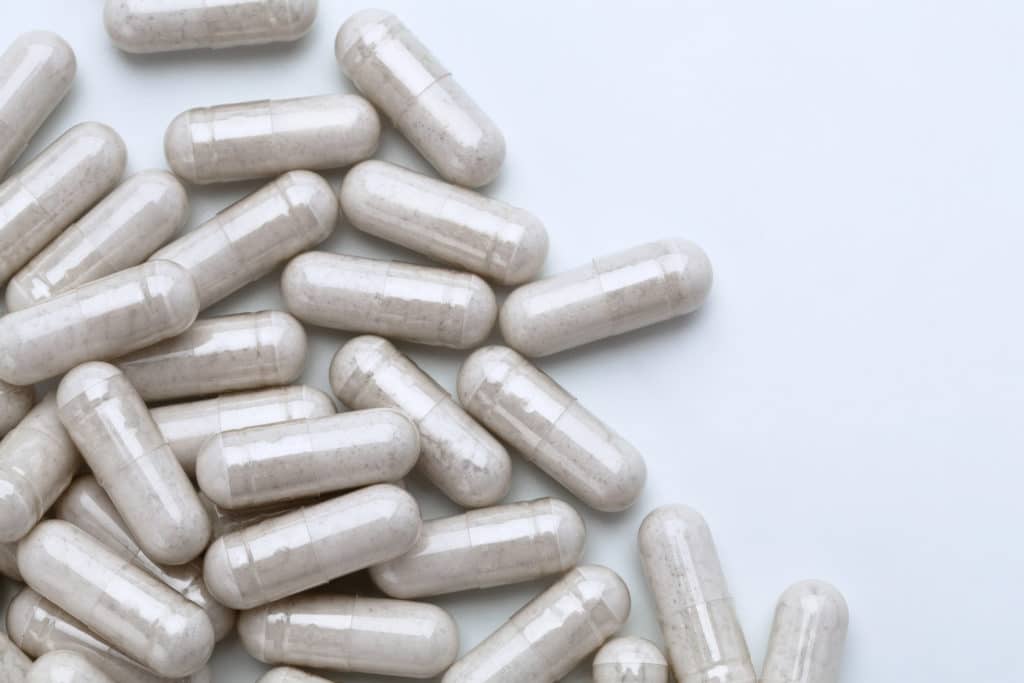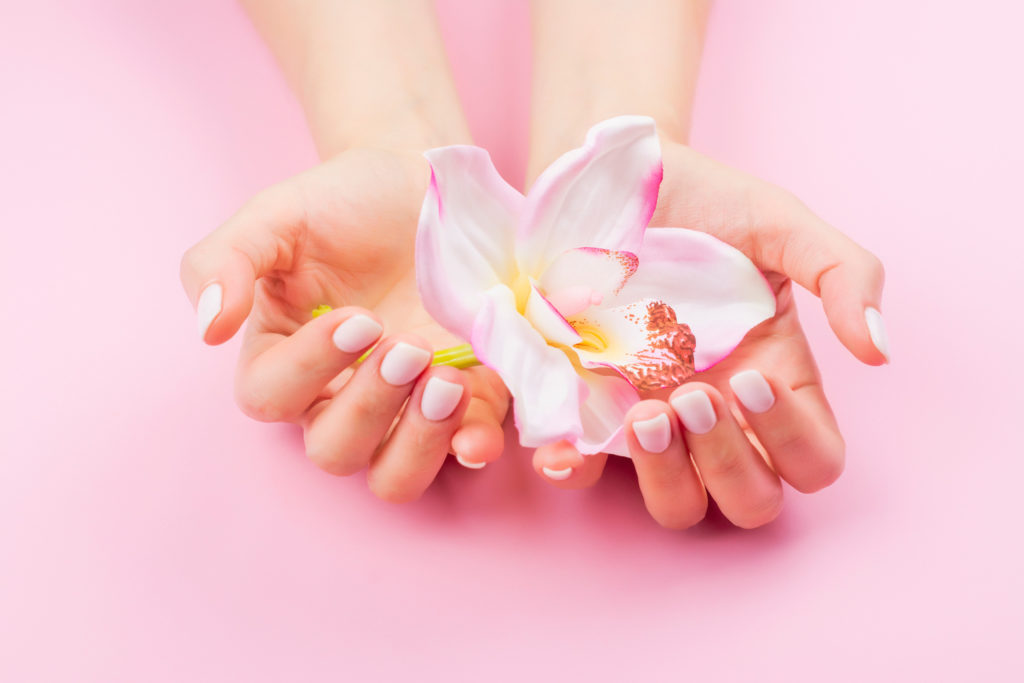Bacterial vaginosis (BV) is the most common cause of vaginal signs and symptoms during reproductive years. In fact, it’s estimated as the source of more than 60% of all vulvovaginal infections. It’s characterized by a thin white or grey discharge with a “fishy odour”, along with itchiness and burning.
This condition is diagnosed by taking a pH sample of vaginal discharge and looking for the presence of “clue cells” under a microscope. When bacterial vaginosis is found, the standard of care is to prescribe antibiotics. These work by killing off any infectious organism living in the vaginal canal.
Although this approach does work for some women, many experience chronic recurring BV infections. As a result, they end up on many rounds of antibiotics just to have signs and symptoms return.
If this sounds like you, it’s essential to understand what the vaginal microbiome is, and how important it is to BV’s root cause.
Vaginal Microbiome
Many have already heard of the gut microbiome. The gut microbiome is the collection of trillions of microorganisms that naturally inhabit the intestinal tract. Research is exploding in this field, showing that the role that the gut microbiome has on our health seems to be endless. Just some of its roles include regulating the immune system, metabolism, and body weight, as well as brain function and mood.
What many don’t know is that the vagina has its own microbiome, which is also extremely important! A healthy vaginal microbiome should be predominated by a specific genus of bacteria called Lactobacilli.
This type of bacteria produces lactic acid and hydrogen peroxide, which keeps the vagina at a more acidic pH1. This acidic pH is what protects women from vaginal infections including STIs, yeast, and bacterial vaginosis1.
When there is a disruption in the vaginal microbiome that leads to decreased Lactobacilli bacteria, the vagina’s pH becomes less acidic. This allows other bacteria or yeast to infiltrate and overgrow, causing signs and symptoms.
What can disrupt the health of the vaginal microbiome?
The vaginal microbiome can be greatly impacted by our diet, lifestyle and day-to-day habits, just like the gut microbiome. The following have been found to impact the vaginal microbiome’s overall health:
- Antibiotic overuse
- Excessive sugar and alcohol intake
- Use of vaginal creams, suppositories, lubricants, and douching
- Chlorinated pools
- Unprotected sex
- Multiple sex partners or a new sex partner
Bacterial vaginosis and the vaginal microbiome
When these microorganisms are given the opportunity, they over-populate the vaginal canal and lead to the common signs and symptoms of bacterial vaginosis:
- White or grey thin discharge
- “Fishy” odour
- Vaginal burning
- Vaginal Itching
Up to 50% of women who have BV are asymptomatic. If bacterial vaginosis is identified, however, it’s still important to treat since it has been associated with:
- Increased transmission of STI’s including HIV
- Preterm birth and premature membrane rupture
- Pelvic inflammatory disease
Treating Recurrent BV

As mentioned, oral antibiotics are the typical treatment approach when bacterial vaginosis is identified. These kill off any infectious organisms present and should alleviate symptoms.
That said, they aren’t always effective and many women suffer from recurrent BV infections despite antibiotic use. In these women, using specific probiotic strains to repopulate the Lactobacilli bacteria and maintain a more acidic pH within the vaginal canal is essential.
Probiotics
Using specific probiotic strains to re-populate the vagina can prevent BV reoccurrence. One double blind randomized control trial looked at the effectiveness of two bacterial strains: Lactobacillus rhamnosus GR-1 and Lactobacillus reuteri RC-142. In women taking these probiotics, 60% were able to restore a balanced vaginal microbiome after 6 weeks, compared to only 26.9% in the placebo group2.
Another study found that supplementation with the oral probiotic Lactobacillus rhamnosus brought vaginal pH levels back to the normal acidic range. Furthermore, this change in pH was associated with a reduction in BV symptom intensity3.
Recent literature suggests that part of the reason BV may not be fully cured with antibiotics is that BV creates biofilms4. These are communities of microorganisms attached to the vaginal canal and encased in a matrix of polysaccharides, proteins and nucleic acid. This makes them very difficult to penetrate and eradicate4. Interestingly, a study performed in 2007 found that the probiotic strain Lactobacillus reuteri RC-14 was able to disrupt this biofilm and displace Gardnerella bacteria5.
Garlic
Garlic is one of several treatment approaches that may be used in recurrent BV. It’s a broad-spectrum anti-microbial that is known to disrupt biofilms. One study compared antibiotics to garlic and found that the effectiveness rates were similar between the two, but garlic had with fewer side effects6.
Summary
The vaginal microbiome ‘s health needs to be addressed in women struggling with chronic recurring bacterial vaginosis infections. This microbiome should predominantly be composed of Lactobacilli bacteria, which produce lactic acid and hydrogen peroxide. These keep the vagina acidic and fight off infections, including the many organisms that cause bacterial vaginosis.
Use specific probiotic strains found in research to re-balance the vagina microbiome. This will re-acidify the vaginal canal, and disrupt any potential biofilms, which is recommended in recurrent BV cases.
Key Takeaways
- Bacterial vaginosis (BV) is the most common cause of vaginal signs and symptoms during reproductive years
- Many women experience chronic recurring BV infections, and end up on many rounds of antibiotics
- The healthy vaginal microbiome should be predominated by a specific genus of bacteria called Lactobacilli
- Lactobacilli bacteria produce lactic acid and hydrogen peroxide, which keeps the vagina at a more acidic pH
- This more acidic pH is what protects women from vaginal infections including STIs, yeast and bacterial vaginosis1
- Use specific probiotic strains to re-populate the vagina to prevent BV reoccurrence
References
(1) Miller, E., Beasley, D., Dunn, R., & Archie, E. (2016). Lactobacilli Dominance and Vaginal pH: Why Is the Human Vaginal Microbiome Unique?. Frontiers In Microbiology, 7. doi: 10.3389/fmicb.2016.01936
(2) Vujic, G., Jajac Knez, A., Despot Stefanovic, V., & Kuzmic Vrbanovic, V. (2013). Efficacy of orally applied probiotic capsules for bacterial vaginosis and other vaginal infections: a double-blind, randomized, placebo-controlled study. European Journal Of Obstetrics & Gynecology And Reproductive Biology, 168(1), 75-79. doi: 10.1016/j.ejogrb.2012.12.031
(3) Rossi, A., Rossi, T., Bertini, M., & Caccia, G. (2009). The use of Lactobacillus rhamnosus in the therapy of bacterial vaginosis. Evaluation of clinical efficacy in a population of 40 women treated for 24 months. Archives Of Gynecology And Obstetrics, 281(6), 1065-1069. doi: 10.1007/s00404-009-1287-6
(4)Machado, D., Castro, J., Palmeira-de-Oliveira, A., Martinez-de-Oliveira, J., & Cerca, N. (2016). Bacterial Vaginosis Biofilms: Challenges to Current Therapies and Emerging Solutions. Frontiers In Microbiology, 6. doi: 10.3389/fmicb.2015.01528
(5) Saunders, S., Bocking, A., Challis, J., & Reid, G. (2007). Effect of Lactobacillus challenge on Gardnerella vaginalis biofilms. Colloids And Surfaces B: Biointerfaces, 55(2), 138-142. doi: 10.1016/j.colsurfb.2006.11.040
(6) Mohammadzadeh, F., Dolatian, M., Jorjani, M., Alavi Majd, H., & Borumandnia, N. (2014). Comparing the Therapeutic Effects of Garlic Tablet and Oral Metronidazole on Bacterial Vaginosis: A Randomized Controlled Clinical Trial. Iranian Red Crescent Medical Journal, 16(7). doi: 10.5812/ircmj.19118





